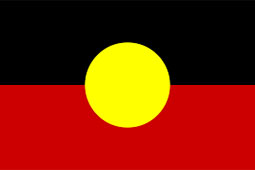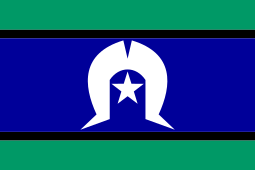Haemorrhoid Banding – Procedure and Complications
Haemorrhoids are blood vessels around the anus (back passage). They can get enlarged due to excessive straining (constipation, heavy lifting and coughing). Enlarged haemorrhoid can cause bleeding, itchiness and sometimes can be very painful.
There are 2 types of haemorrhoids- internal and external.
The internal haemorrhoids are the common cause of bleeding and can prolapse out when defecating. They are usually treated with haemorrhoid banding.
The external haemorrhoids are covered by skin and can cause pain and bleeding if a blood vessel underneath the skin ruptures and stretches the skin. They are not true haemorrhoids and are considered Thrombosed perianal Haematoma. These rarely require surgery. Usually settles with ice packs and topical haemorrhoidal ointments. They may residual skin tags after the haematoma has resolved.
Internal Haemorrhoids are usually treated with Haemorrhoid banding. The rubber band cuts off the blood supply to the haemorrhoid and after 10-14 days it will drop off. Occasionally, they may drop off very early. Very large, prolapsed haemorrhoids may need surgical excision which can only be done in a hospital setting. Your doctor will provide that information either at the end of the consultation or procedure.

Rubber band ligation involves grasping the haemorrhoids with a special device and placing a rubber band at the base of the haemorrhoid. Usually, 3-4 rubber bands are placed. This is followed by injecting local anaesthetic and placing Paracetamol and Indocid/Voltaren in the back passage for pain relief. The procedure can be repeated if bleeding returns. It’s important to avoid constipation by increasing fibre and water intake or adding a gentle stool softener. Inadequate management of constipation will lead to haemorrhoid symptoms reoccurring.
The complications of rubber band ligation. Generally, it’s a safe procedure but complications do occur.
- Pain is common- it can last up to 48 hours. It can be associated with nausea, shaking, light-headedness and urinary retention (difficulty in emptying the bladder).
- Pain on defecation can indicate a presence of tear such as anal fissure which can be treated with laxatives and application of Rectogesic ointment on the opening of the back passage
- Bleeding can occur initially but also at 10-14 days after the procedure when the haemorrhoid and the band drops off. Rarely, the patients can experience severe bleeding requiring presentation to the emergency department
- Occasionally, the bands may drop in the first few days.
- Infection of the back passage may happen in some cases. These patients may experience pain, bleeding, and discharge usually after 5-7 days after the procedure. They may need to visit their local doctor to obtain oral antibiotics.
- In some cases, the bleeding will persist after banding and require further banding or surgical procedure such as haemorhoidal artery ligation or excision which can only be done in the hospital setting.






